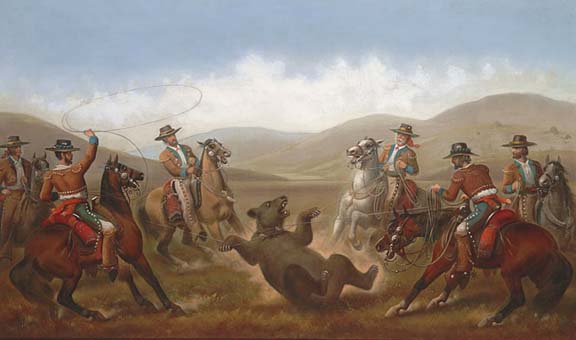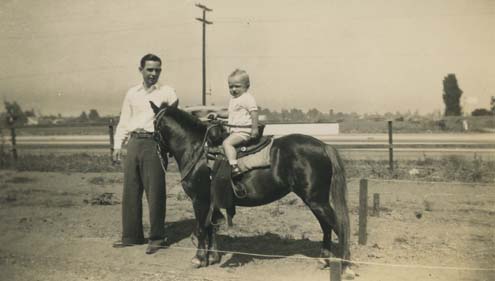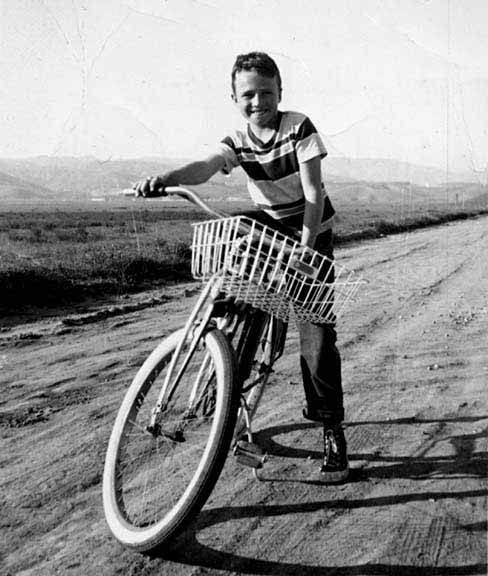In the 1800s Vaquero traditions were established in California by the Spanish Missions and Mexican Ranchos.
California's Vaqueros were excellent horsemen that preferred well-bred stallions, and the elegant dress of Spanish gentlemen ranchers
Their horse training methods included the use of single-rigged Visalia saddles, hackamores, spade bits, and rawhide reatas which are still admired by horsemen today.
"In old California, the vaquero tradition is:
getting it done is not enough.
You have to do it with style."Early gentlemen ranchers left us a legacy of artistic trappings of silver and leather that were later admired and adopted by Hollywood cowboys.
Consider Ed Bohlin's parade saddles on Palomino horses and finely crafted, silver mounted, California style bits and spurs used by hollywood cowboys. They are still highly collectible today.
In 1913, something magic happened, filmmaker Cecil B. De Mille discovered the valley while looking for a location to shoot his epic Western "The Squaw Man." For the next sixty years, thousands of Western movies and TV shows were filmed on locations throughout the valley. The film industry became a major valley employer.
In the 1930s, Hollywood's Six-Gun Heroes tended to work for a single studio like Warner Brothers, Universal or Republic, so many early cowboy actors like Gary Cooper, Tom Mix, John Wayne, Roy Rogers, and Clark Gable bought ranches and moved to the Valley.
By the 1940s Celebrities like Barbara Stanwyck, Zeppo Marx, Janet Gaynor, William Holden, and Jack Oakie boasted of owning working horse ranches in places like Northridge, which called itself the Horse Capital of the West.
The end of World War II transformed the Valley and vastly accelerated its growth. Vast tracts of suburban housing, shopping centers, and industrial parks rise up where the chicken ranches, orchards, cattle ranches, and wheat fields once existed.
By the 1940s and 1950s, when I was a child growing up, the Valley was full of movie cowboys, beautiful ranches, and fine horses.



